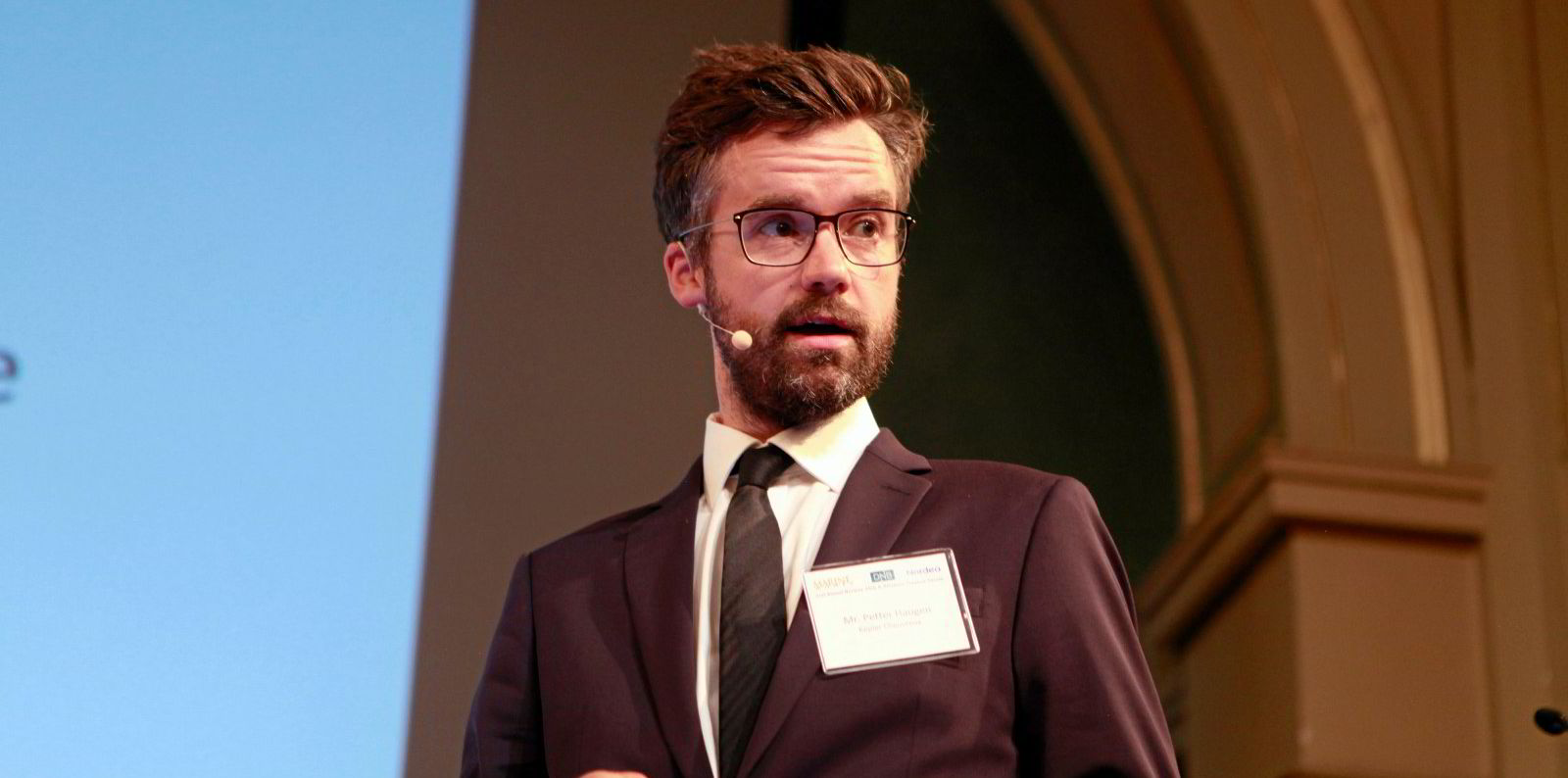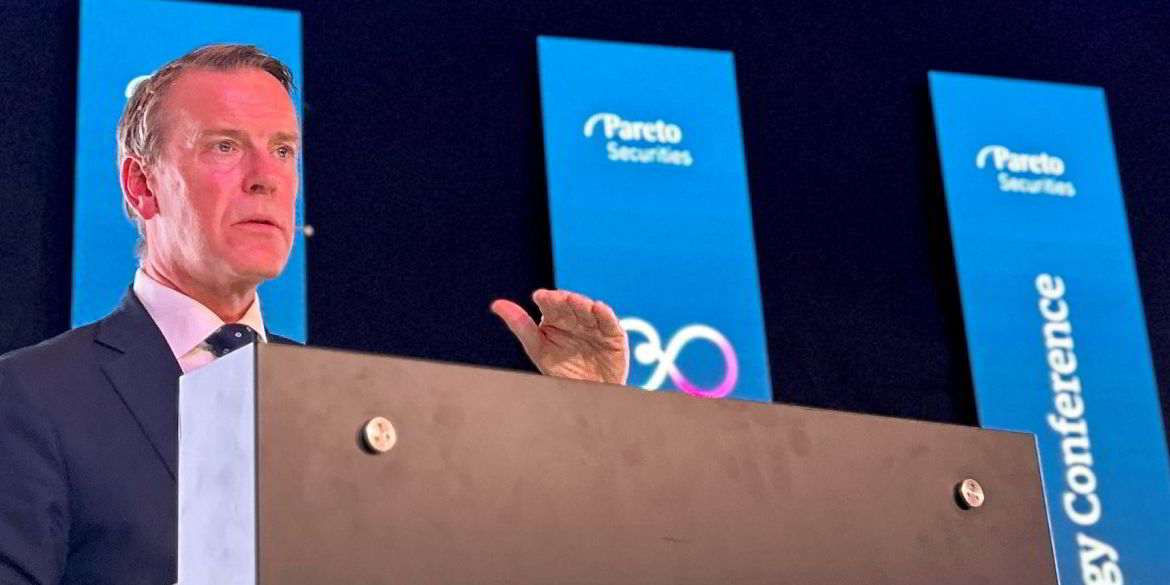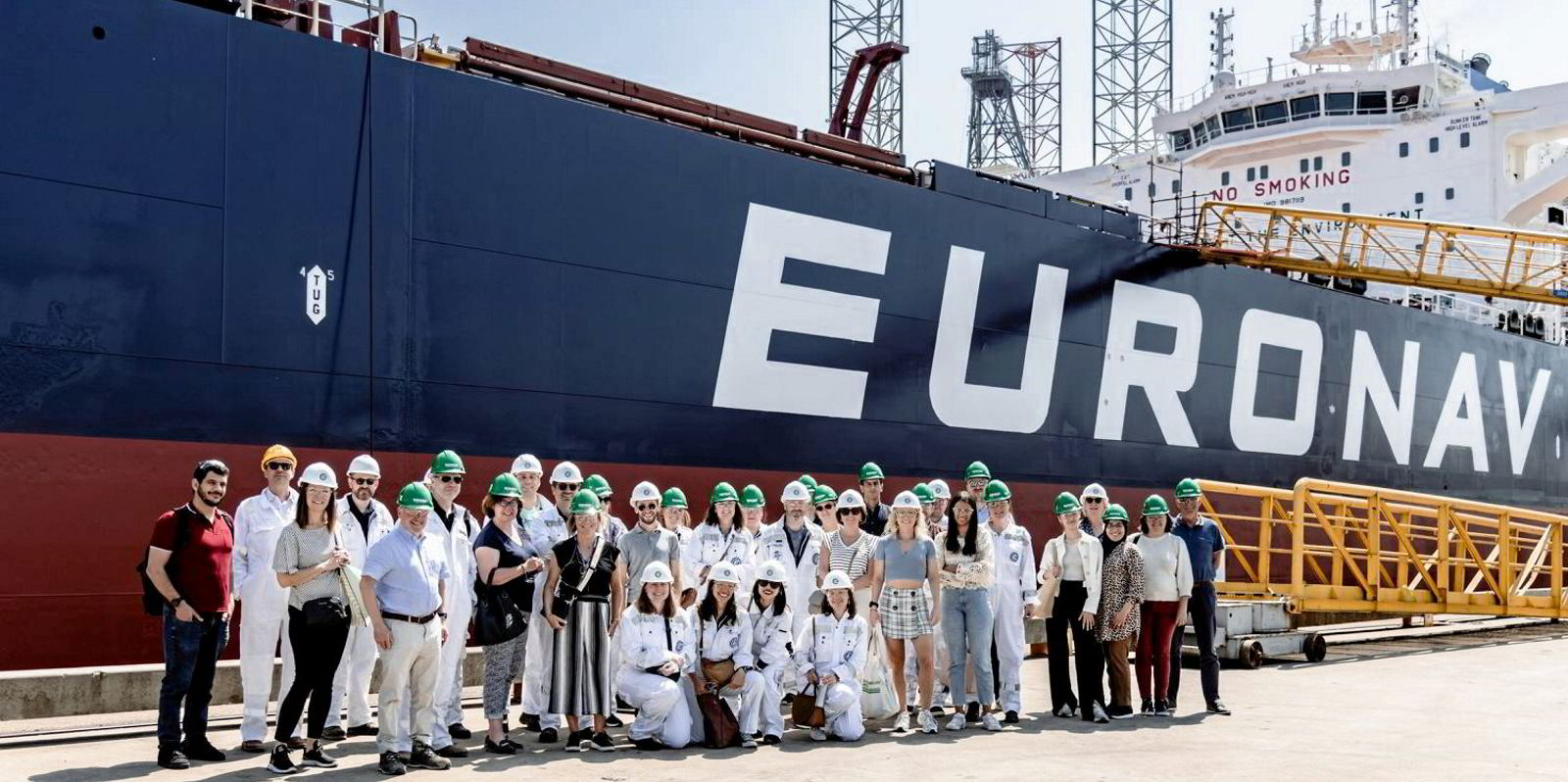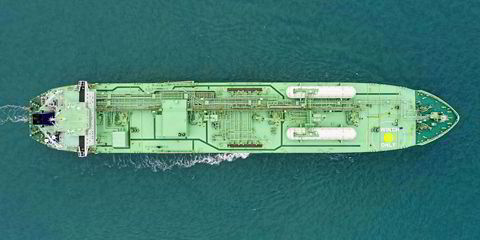The VLCC segment — lagging behind its crude-carrying counterparts — could get a shot in the arm this year from either the US or the Middle East.
BRS Shipbrokers forecast that Opec+ will be the main driver for tanker markets, either by defending prices and market share or by infighting between members leading to a collapse in the current agreement to cut output.
If Opec and its allies decide to maintain cuts, the US could continue its high level of production, a chunk of which ended up on Asia-bound VLCCs last year.
“This year, and regardless of export growth, we project that Asia will import more and more US crude,” BRS said in its weekly tanker newsletter.
“Long haul US to Asia trade should favour the economics of VLCCs, and the economics of this trade could further be boosted by the problems impacting the Panama Canal which seem unlikely to ease anytime soon.”
BRS said its base case for 2024 assumes an increase in Opec+ production in the second half.
But, if Opec+ were unable to agree on a path forward, talks could break down and members would be able to produce as much as they like.
Storage surge
“Even if this only lasted a few months, it would lead to a surge in crude on the water,” it said, as countries would look to fill their low inventories, and VLCCs lift about 60% of Opec+ crude.
Similar fractiousness in 2020 led to an oil price collapse and sent buyers scrambling to snap up cheap oil, storing it in tankers and helping to boost rates in the face of Covid-19 demand destruction.

The segment could use a boost, with ABG Sundal Collier’s Petter Haugen calculating that VLCC rates could have been as much as 172% higher than the average $36,600 per day seen through much of 2024 if historical relationships between the large tankers and smaller aframaxes held.
If the trend continued, VLCCs would have averaged $99,500 per day in 2023, and would have hit $125,000 per day in the first two weeks of 2024.
So far, VLCCs have earned an average of $48,000 per day.
The reason for the decoupling came from the reshuffling of trades following Russia’s invasion of Ukraine in 2022 that saw buyers from many developed economies shun Russian oil.
“To us, given that the Russian exports remains distorted by sanctions, it seems as if the appreciation of VLCC rates is only a matter of time,” Haugen said.
“Fleet growth will be marginal in 2024-25 and the only ingredient needed for also VLCC rates to appreciate toward all-time highs ... is continued global oil demand for the next two years.”
On Monday, the Baltic Exchange’s crude tanker assessments rose on the back of calculation adjustments made to bunker consumption, Fearnleys said.
The Baltic Dirty Tanker Index rose 49 points to 1,522, while the VLCC assessment climbed $5,157 to $53,326 per day.
Fearnleys said the adjustments meant the growth was largely flat, with Worldscale assessments showing more moderate changes.







